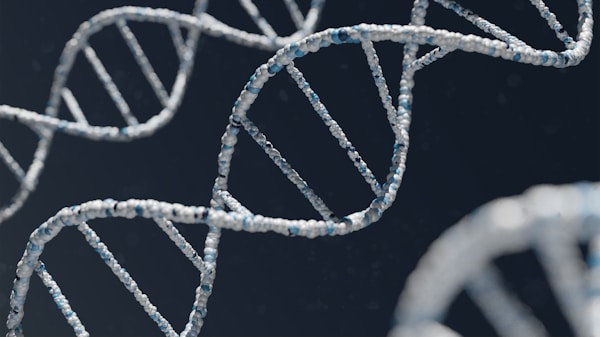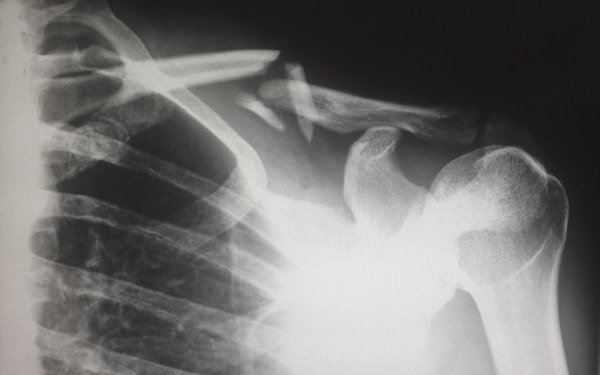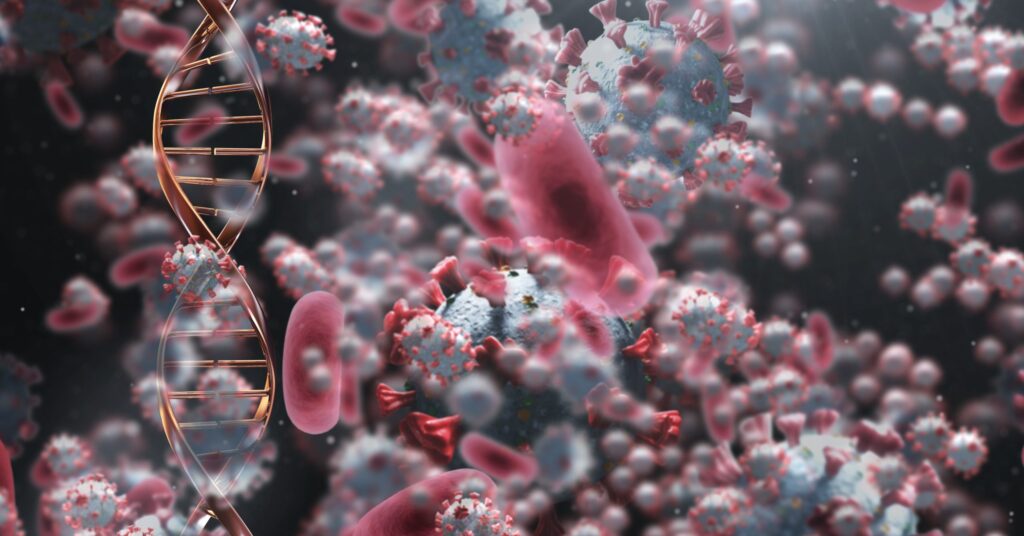From the way our bodies heal to how we respond to exercise, our DNA plays a major role in our overall health. But did you know that it can also affect how susceptible we are to injuries, from getting a spinal cord injury to a wrist fracture? In this article, we’ll explore the science behind how our genetic makeup can influence the likelihood of us getting hurt. Keep reading to learn more about how DNA affects your injury susceptibility.
DNA influences the structure of the body.

When studying the effects of DNA on injury susceptibility, there are two primary areas of focus: bone structure and muscle composition. Both of these factors can play a major role in determining how likely a person is to experience injury.
Bone structure is determined by our DNA. The genes responsible for bone formation are responsible for the shape, size, and strength of our bones. People with certain genetic mutations can have bones that are weaker than average, making them more prone to fractures, dislocations, and other types of injuries. Similarly, people with certain genetic mutations can have bones that are stronger than average, making them less susceptible to injury. Muscle composition is also influenced by our DNA. The genes responsible for muscle development determine how our muscles are formed and how powerful they are. People with certain genetic mutations can have muscles that are weaker than average, making them more prone to strains and sprains. Learn if you have certain genetic susceptibilities to injuries or diseases with the raw DNA data upload tool offered by GenomeLink.
DNA influences the strength and resilience of the body.
DNA is a crucial factor in determining the strength and resilience of the body and its ability to resist injury. Our genetic makeup is the driving force behind the formation of our bones, muscles, tendons, and ligaments, as well as their ability to withstand physical trauma. Changes in the structure of our DNA can affect the strength and resilience of our body, making us more or less susceptible to certain injuries.
The most important factor in determining the strength of our bones and muscles is the composition of our collagen. This is a protein that forms the structural framework of our body and is responsible for its strength and flexibility. It’s made up of various amino acids, which are the building blocks of proteins. Our DNA contains the instructions for which amino acids will be used to make up our collagen. Changes in the genetic code that affect the composition of collagen can result in a number of different problems. For instance, if the genetic code causes an amino acid deficiency, this can lead to weakened bones and muscles, making us more prone to injuries. Similarly, if the genetic code leads to excessive amounts of certain amino acids, this can lead to overly strong bones and muscles, making us more prone to fractures and other injuries.
DNA influences the body’s healing process.

One way that DNA affects injury susceptibility is through its influence on the body’s healing process. Certain genetic variations can affect the speed and quality of healing, making some people more vulnerable to certain injuries. For example, certain genetic variants can affect the production of certain proteins that are necessary for the healing process. Without adequate levels of these proteins, healing can be delayed or incomplete, making people more susceptible to injuries. Another way that DNA affects injury susceptibility is through the production of cytokines, which are small proteins that regulate the body’s inflammatory response. Different genetic variations can affect the production of cytokines, which can make people more or less prone to inflammation. Inflammation is a necessary part of the healing process and can help protect against future injuries. However, when there is an overproduction of cytokines, it can lead to chronic inflammation and make people more prone to injury.
Altogether, understanding how DNA affects your injury susceptibility is important for preventing and treating injuries and diseases. Knowing your genetic risk factors can help you take proactive measures to keep your body healthy and prevent potential injuries. With the use of genetic testing, healthcare professionals can also customize treatments based on an individual’s genetic makeup.





